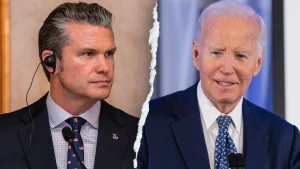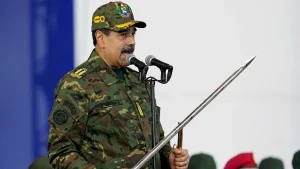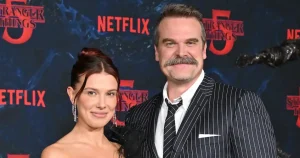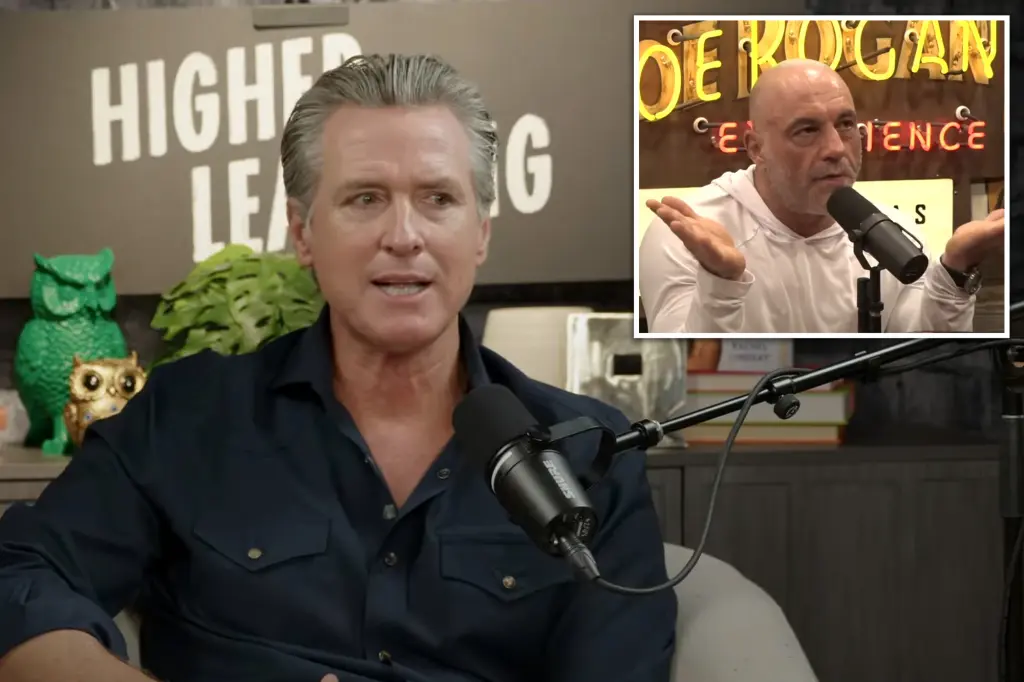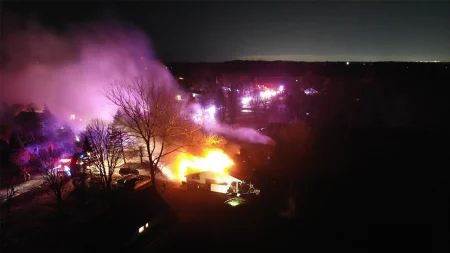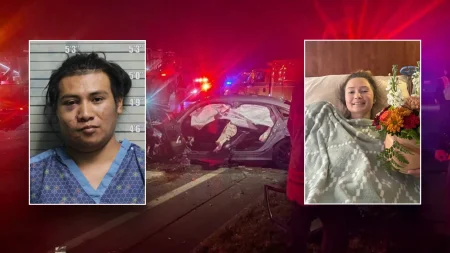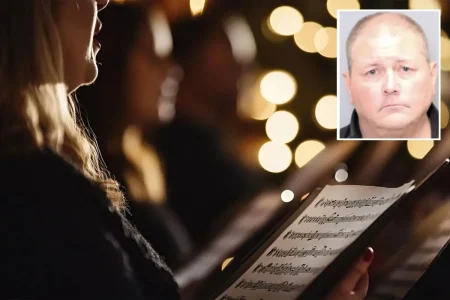Governor Newsom Challenges Joe Rogan to an Interview Amid Growing Tensions
In a candid and passionate appearance on the YouTube show “Higher Learning,” California Governor Gavin Newsom expressed his frustration with popular podcaster Joe Rogan, who has recently been critical of Newsom’s leadership. During the interview with hosts Van Lathan and Rachel Lindsay, Newsom didn’t hold back his feelings, using colorful language to challenge Rogan to invite him on “The Joe Rogan Experience” podcast. The governor appeared visibly bothered by what he perceives as Rogan’s one-sided criticism, pointing out that while Rogan welcomes guests who attack his policies, the podcaster hasn’t extended an invitation to allow him to respond directly. “Joe, why won’t you have me on the show?” Newsom asked plainly during the interview segment. “He won’t have me on the show. It’s a one way and he has guests coming on, attacking and bashing, but he won’t have me on the show. Full stop. He should have me on the show.” This public call-out represents an unusual approach for a sitting governor, showing Newsom’s willingness to engage directly with his critics in unconventional forums.
The tension between Newsom and Rogan has been building for some time, with Rogan recently characterizing the California governor as a “bulls–t artist” who has “ruined” California. Rogan has also mockingly commented on Newsom’s apparent presidential ambitions, saying the governor wants to be president “sooo bad” and questioning his qualifications based on his record: “You can’t ruin a city and then go on to ruin a state and then say, ‘Guys, that was just practice. Once I get in as president I’m going to fix it all.'” These pointed criticisms seem to have struck a nerve with Newsom, prompting his unusually direct response. When asked if he would confront Rogan about past controversial comments, Newsom didn’t shy away from the prospect of confrontation, declaring, “I’m not afraid to go — I’m punching Joe Rogan, that son of a bitch is not used to that.” The governor predicted that Rogan would likely “dismiss it” or “laugh it off,” but reiterated his challenge to be invited on the show.
The exchange revealed a more unfiltered side of Newsom than the public typically sees from the polished politician. At one point during the interview, he remarked, “I’m the only governor who can claim this. I got a lot of s–t for this,” which prompted host Lathan to laugh and comment, “I love that you didn’t ask me if you could curse.” Newsom responded with a smile, “Oh, sorry. Well, you start with Joe Rogan, I’m gonna start cursing.” This moment of levity highlighted the emotional investment Newsom has in responding to Rogan’s criticisms, as well as his willingness to step outside the typically careful language of political discourse when addressing what he perceives as unfair attacks on his record and leadership.
The confrontational approach Newsom displayed toward Rogan represents just one aspect of his increasingly assertive media strategy. As California’s governor and a prominent Democratic figure on the national stage, Newsom has been expanding his visibility by appearing on various platforms and speaking more candidly about issues facing both his state and the Democratic Party as a whole. This strategy seems designed to position him as a strong voice within the party while also allowing him to respond directly to critics who question his leadership and policies. The Rogan challenge comes at a time when many political figures are recognizing the significant influence that podcasters and non-traditional media personalities have on public opinion, particularly among younger demographics.
During the same “Higher Learning” interview, Newsom didn’t limit his criticisms to Joe Rogan but also turned his attention to his own political party. In a moment of frustration, he questioned the Democratic Party’s effectiveness at mobilizing voters, asking, “Where the hell is the Democratic party? Where’s our equivalent of Turning Point USA? Nowhere to be found.” This criticism of his own party’s organizing capabilities suggests that Newsom is concerned about Democratic engagement strategies heading into important election cycles. By comparing Democratic outreach unfavorably to conservative organizations like Turning Point USA, which has been effective at engaging young conservatives, Newsom highlighted what he sees as a significant weakness in Democratic political infrastructure.
The public challenge to Rogan and criticism of Democratic organizing strategies reflect a governor who appears increasingly willing to speak his mind, even if it means ruffling feathers within his own party or engaging in public feuds with influential media figures. This more confrontational approach may be strategic as Newsom works to maintain his profile on the national stage while defending his record in California against various critics. Whether or not Rogan responds to Newsom’s challenge for an interview remains to be seen, but the exchange has certainly drawn attention to their ongoing disagreement about California’s direction under Newsom’s leadership. Should such an interview ever materialize, it would undoubtedly generate significant interest given both men’s prominent public profiles and their clearly divergent views on governance, particularly regarding California’s policies and challenges.
